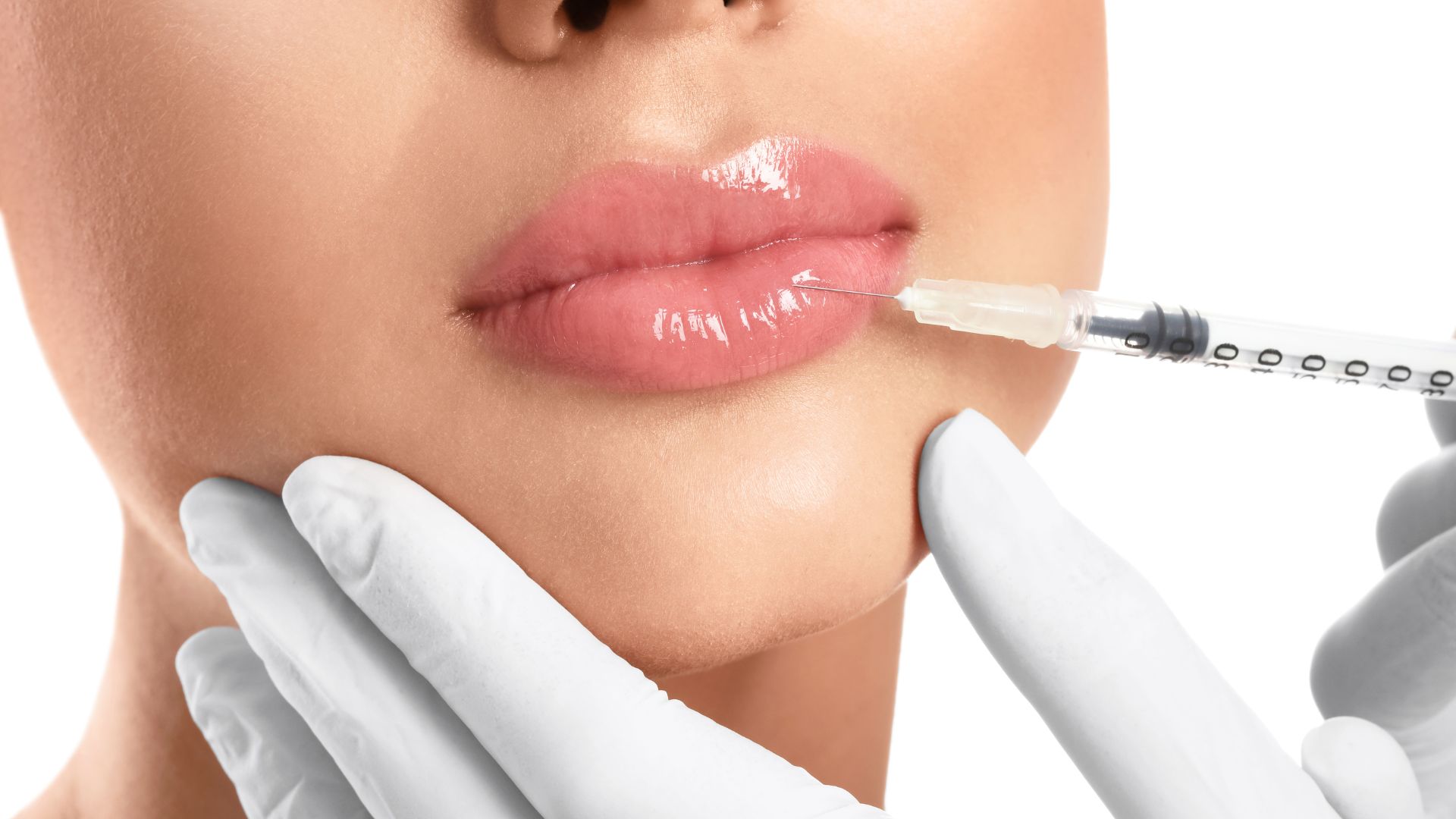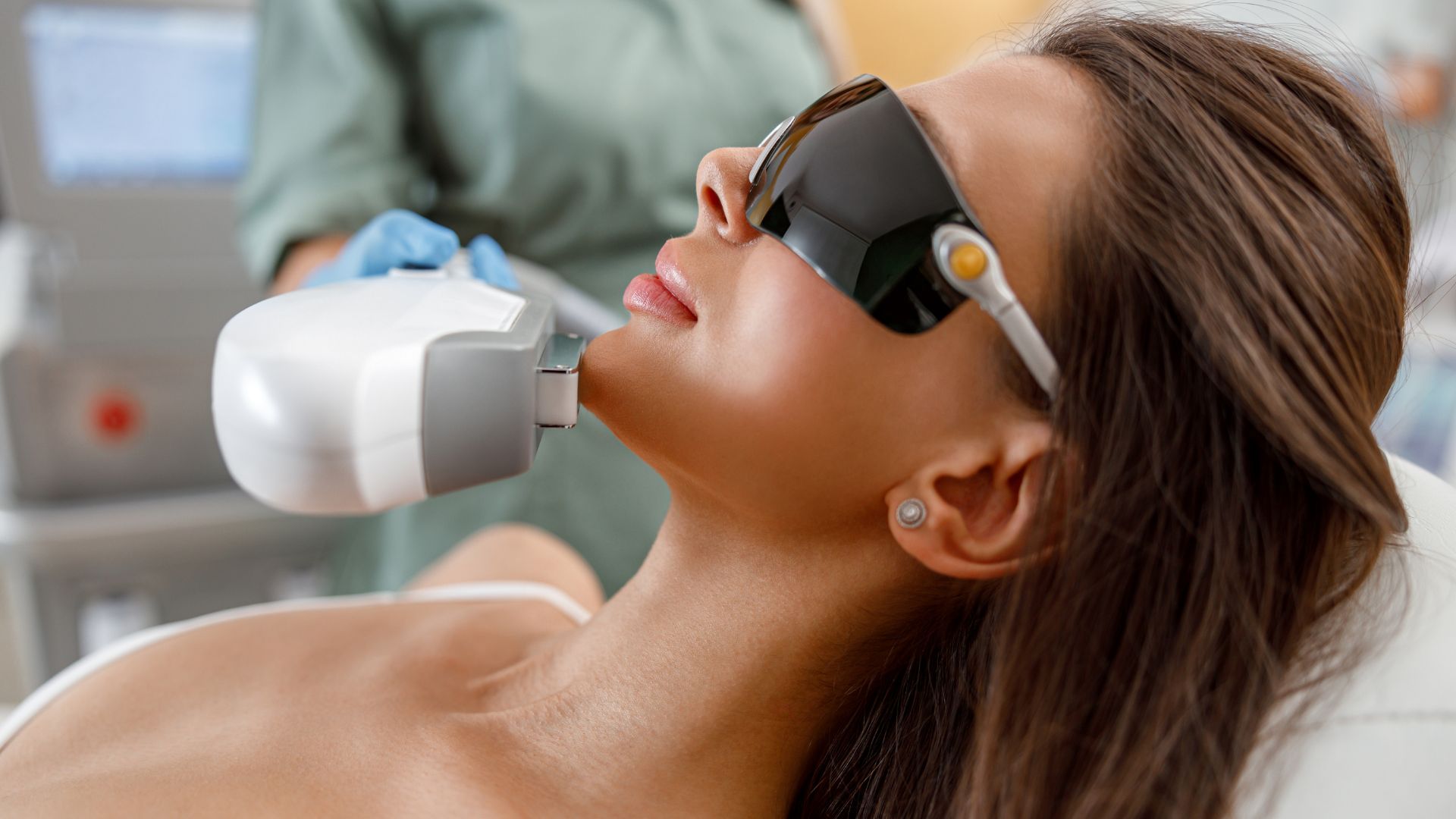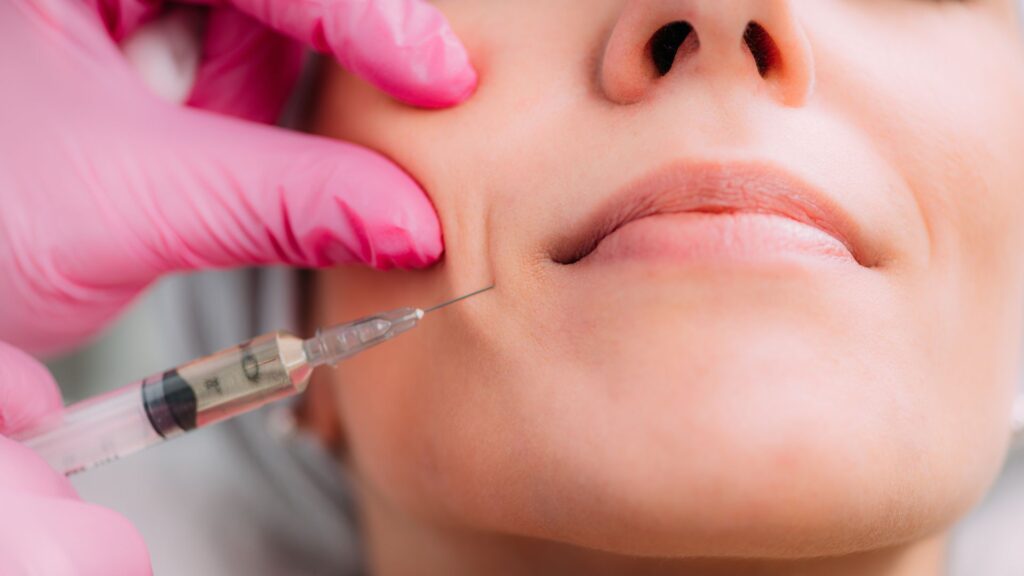
Marionette Lines Filler: Injection Techniques, Best Practices, and Patient Outcomes
Marionette lines, the vertical wrinkles extending from the corners of the mouth to the chin, can significantly impact facial aesthetics by imparting a downturned expression. Dermal fillers offer a non-surgical solution to restore volume and smooth these lines, effectively rejuvenating one’s appearance. Proper training and technique are crucial for achieving optimal results and ensuring patient safety.
In this article, we’ll explore:
- What Are Marionette Lines
- What Causes Marionette Lines
- Effective Treatments for Marionette Lines
- Choosing the Best Filler for Marionette Lines
- Techniques and Best Practices for Filler Injections
- Training Opportunities for Aesthetic Professionals
Stay tuned to discover how mastering marionette line filler treatments can enhance your practice and patient satisfaction.
What Are Marionette Lines?
Marionette lines, often referred to as “puppet lines,” are vertical wrinkles that extend from the corners of the mouth down toward the chin. These lines can impart a downturned or sagging appearance, contributing to an aged or unhappy facial expression.
Formation and Contribution to Aging Appearance
The development of marionette lines is primarily attributed to the natural aging process. As we age, our skin’s production of collagen and elastin decreases, leading to reduced elasticity and firmness. This loss causes the skin to sag, and the repetitive movements from facial expressions like smiling or frowning further deepen these lines. Additionally, factors such as sun exposure and smoking can accelerate the breakdown of collagen, exacerbating the prominence of marionette lines.
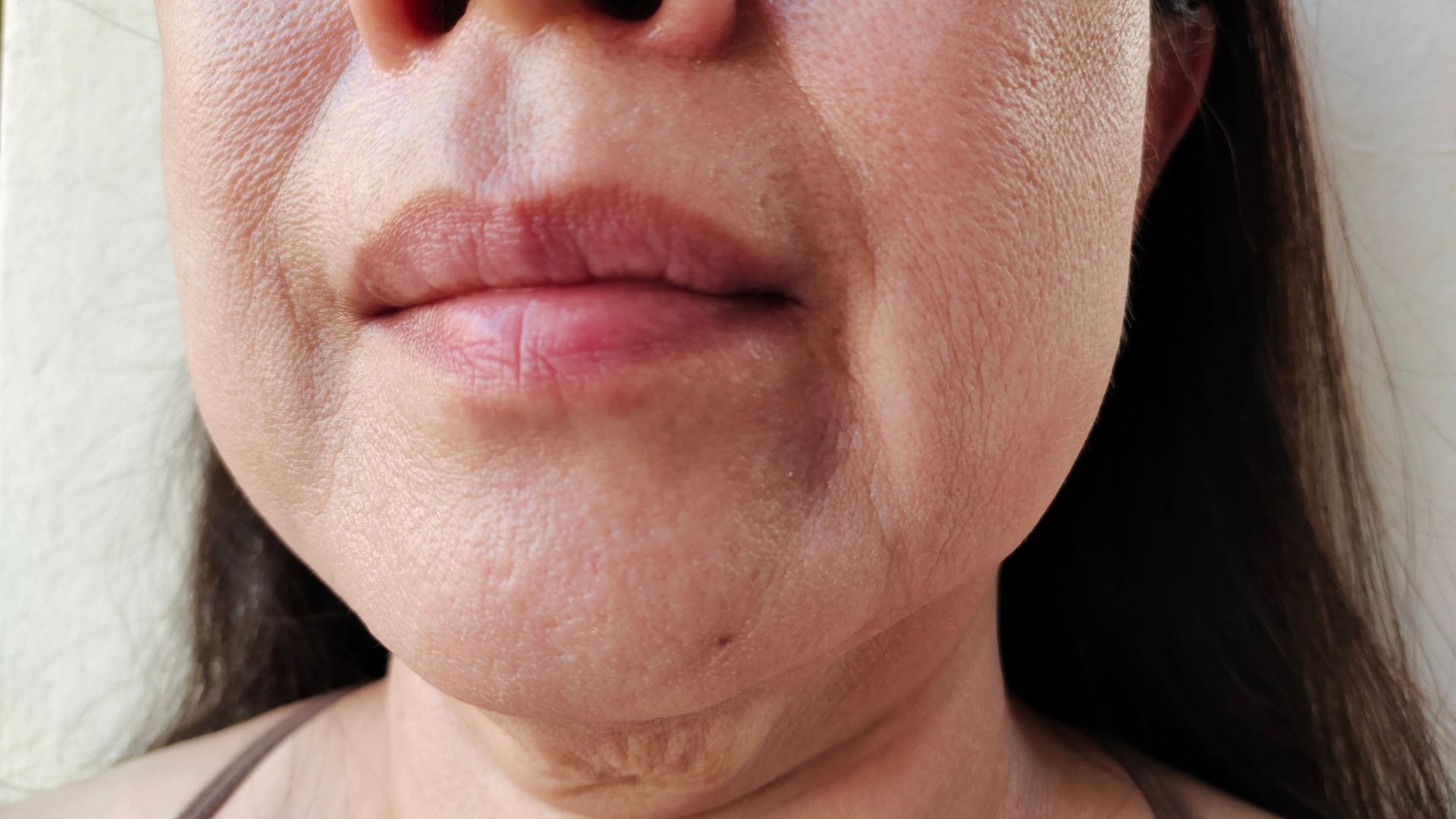
Connection Between Marionette Lines and Other Wrinkles
Marionette lines are part of a broader category of facial wrinkles that develop due to similar underlying causes. For instance, nasolabial folds—lines running from the sides of the nose to the corners of the mouth—also result from aging, loss of skin elasticity, and repetitive facial movements. Both types of wrinkles can be exacerbated by external factors like UV exposure and lifestyle choices. Understanding the relationship between marionette lines and other facial wrinkles is essential for developing comprehensive treatment plans that address multiple signs of aging simultaneously.
What Causes Marionette Lines?
- Natural Aging and Collagen Loss: As we age, the body’s natural production of collagen and elastin diminishes. Collagen provides structural support to the skin, while elastin allows it to maintain its shape after stretching or contracting. The decline in these proteins leads to sagging skin and the formation of wrinkles, including marionette lines.
- Genetics and Skin Elasticity: Genetic factors play a significant role in determining when and how marionette lines develop. Individuals with a family history of pronounced facial wrinkles may be more predisposed to experiencing similar skin changes. Genetics influence skin thickness, elasticity, and the rate at which collagen and elastin are lost, all of which contribute to wrinkle formation.
- Lifestyle Factors
- Sun Exposure: Ultraviolet (UV) radiation from the sun accelerates the breakdown of collagen and elastin fibers in the skin. Prolonged sun exposure without adequate protection can lead to premature aging and the early development of marionette lines.
- Smoking: Tobacco smoke contains harmful chemicals that reduce blood flow to the skin, impairing its health and accelerating the aging process. Smokers often experience deeper wrinkles, including marionette lines, at an earlier age compared to non-smokers.
- Poor Skincare: Neglecting proper skincare routines can exacerbate the appearance of wrinkles. Inadequate hydration, lack of moisturizing, and failure to cleanse the skin can all contribute to its premature aging.
- Repetitive Facial Expressions: Daily facial movements, such as smiling, frowning, or pursing the lips, cause the underlying muscles to contract. Over time, these repetitive actions create creases in the skin that become more pronounced as its elasticity decreases. While facial expressions are a natural part of human interaction, they can contribute to the formation of marionette lines as we age.
How to Get Rid of Marionette Lines: Effective Treatment Options
Marionette lines can significantly impact one’s facial aesthetics. For medical professionals aiming to enhance their expertise in treating these lines, understanding the latest non-surgical interventions is crucial.
Non-Surgical Approaches to Treat Marionette Lines
Several non-surgical methods have proven effective in addressing marionette lines:
-
Dermal Filler Treatments: Injecting fillers helps restore lost volume, smoothing out the lines. A study published in the Journal of Cosmetic Dermatology evaluated the efficacy of VYC-17.5L, a hyaluronic acid-based filler, for treating marionette lines. The results demonstrated significant improvement, with 69.9% of participants achieving a ≥1-point enhancement on the Allergan Marionette Line Scale after one month.
-
Botox Injections: While Botox primarily addresses dynamic wrinkles caused by muscle movement, it can complement fillers by relaxing the muscles that pull down the corners of the mouth. This combined approach can enhance overall results.
-
Combination Therapies: Utilizing both neuromodulators like Botox and hyaluronic acid fillers can offer a synergistic effect, providing a more comprehensive rejuvenation of the lower face. A case report highlighted that this combination led to patient satisfaction and noticeable improvement, as assessed by multiple plastic surgeons.
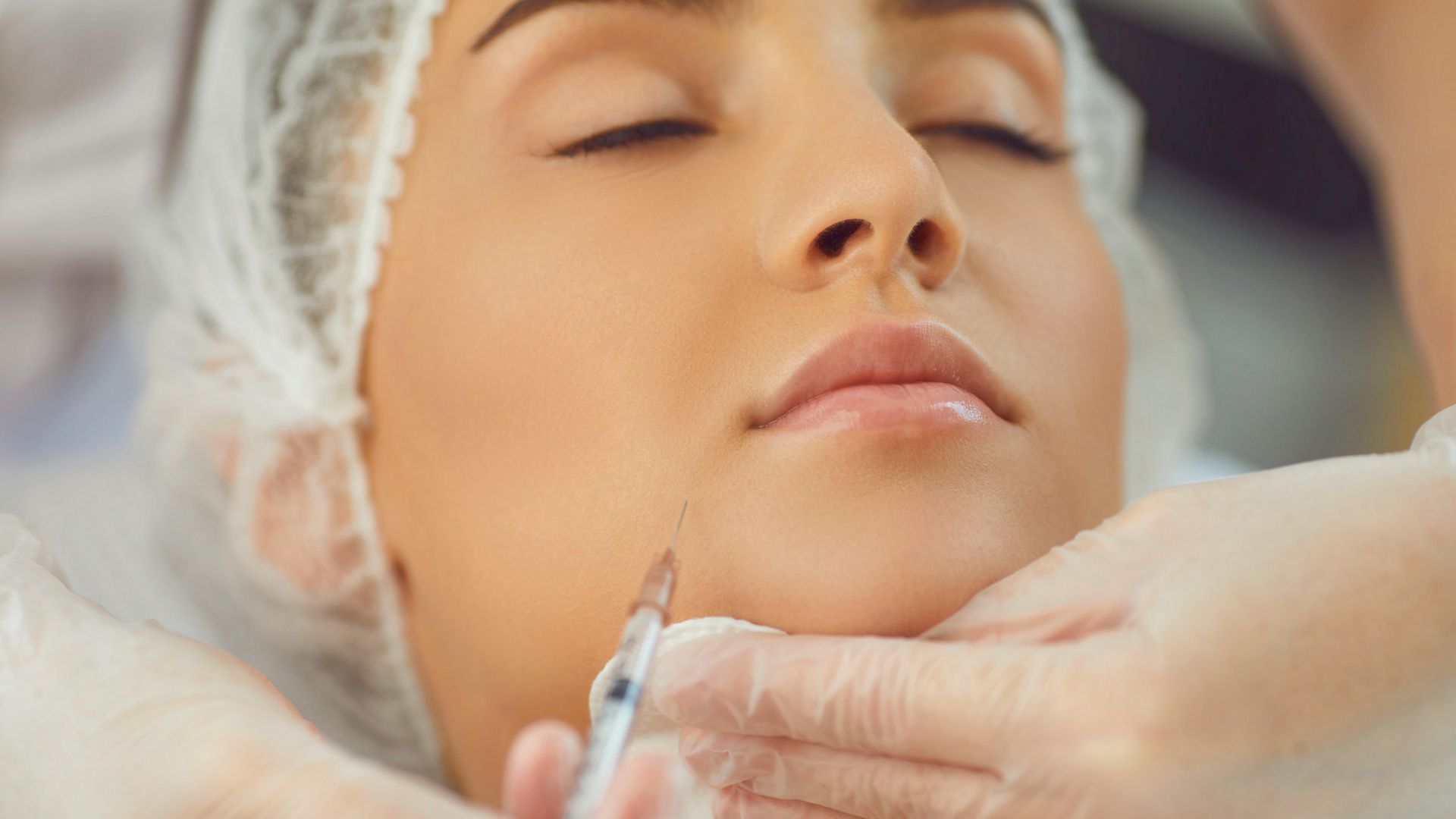 Additional Reading: You might also want to learn about How to Become a Lip Injector: Training Courses, Techniques, and Tips.
Additional Reading: You might also want to learn about How to Become a Lip Injector: Training Courses, Techniques, and Tips.
Choosing the Best Filler for Marionette Lines
Selecting the appropriate filler is vital for optimal outcomes. Commonly used fillers include:
-
Hyaluronic Acid Fillers (e.g., Juvederm, Restylane): These fillers are popular due to their versatility and safety profile. They effectively reduce the appearance of marionette lines and other facial wrinkles.
-
Calcium Hydroxylapatite (e.g., Radiesse): This filler is known for treating deeper lines and has a thicker consistency, providing longer-lasting results, typically around one year. It also stimulates natural collagen production.
-
Poly-L-lactic Acid (e.g., Sculptra): This filler works by stimulating collagen production over time, leading to gradual and natural-looking improvements.
The choice of filler depends on factors such as the depth of the marionette lines, patient preferences, and desired longevity of results.
Marionette Lines Filler Cost Considerations
The cost of dermal filler treatments varies based on the type of filler used, the amount required, and regional pricing differences. It’s essential to provide patients with a comprehensive cost breakdown during consultation to set realistic expectations.
For medical professionals seeking to specialize in marionette lines filler treatments, staying updated with the latest research and techniques is paramount. Continuous education ensures the delivery of safe and effective treatments, leading to enhanced patient satisfaction.
Marionette Lines Filler Treatment: Techniques and Best Practices
To achieve optimal results with marionette lines filler, precise injection techniques and strategic placement are essential. Addressing marionette lines requires a holistic facial approach, ensuring that treatment not only reduces deep lines but also maintains natural facial balance.
Dermal Filler Injection Techniques for Marionette Lines
A comprehensive approach is key when injecting dermal filler treatment for marionette lines:
-
Assessing Mid-Face Volume: Loss of volume in the mid-face contributes to sagging and deepening of marionette lines. Treating smile lines and nasolabial folds first can help marionette lines appear less pronounced.
-
Strategic Injection Placement: Using a 25-gauge cannula or needle, filler should be placed along the labiomandibular folds using retrograde threading. This technique fills in marionette lines while maintaining mobility in the lower face.
-
Chin and Prejowl Sulcus Enhancement: Augmenting the chin area can improve facial proportions and further diminish marionette lines. A small amount of filler placed supraperiosteally can effectively treat marionette lines and prevent overfilling.
 Additional Reading: You should also take a look at Under Eye Fillers 101: What Every Aesthetic Practitioner Needs to Know.
Additional Reading: You should also take a look at Under Eye Fillers 101: What Every Aesthetic Practitioner Needs to Know.
Managing Patient Expectations
Setting realistic goals and educating patients about before and after marionette lines results is critical for satisfaction.
- Before Treatment: Patients should be advised that filler softens, rather than completely erases, lines and wrinkles.
- After Treatment: Results should look natural and harmonious, rather than overly plumped. Fillers can help improve contour, but they do not stop the aging process.
Common Mistakes to Avoid in Marionette Line Treatment
Avoiding overcorrection is essential when treating marionette lines with filler:
- Using Too Much Filler: The amount of filler needed varies per patient, but overfilling can result in a heavy, unnatural appearance. Typically, 1 ml per session is recommended, with adjustments made based on severity.
- Isolated Treatment: Treating only marionette lines without addressing surrounding areas like the mid-face and chin fillers can lead to an imbalanced look.
How Long Does Filler Last in Marionette Line Filler?
The longevity of filler in marionette lines depends on several factors:
-
Product Choice:
- Hyaluronic acid fillers (Juvederm, Restylane) typically last 6 to 12 months.
- Calcium hydroxylapatite fillers (Radiesse) can last up to 18 months.
- Poly-L-lactic acid fillers (Sculptra) stimulate collagen, with effects lasting 2+ years.
-
Patient-Specific Factors: Faster metabolisms, smoking, and frequent sun exposure can cause fillers to break down faster.
-
Injection Site Mobility: Because the mouth moves frequently, fillers may degrade quicker in this area compared to other facial regions.
Extending the Longevity of Marionette Line Fillers
To help filler last as long as possible, medical professionals should advise patients to:
- Maintain a healthy skincare routine, including hydration and sun protection.
- Avoid excessive facial movements in the first 24–48 hours post-treatment to allow the filler to settle.
- Schedule regular maintenance sessions for prolonged results.
By refining injection techniques, managing expectations, and considering the best dermal fillers to treat marionette lines, practitioners can enhance patient outcomes and ensure marionette lines filler is used effectively.
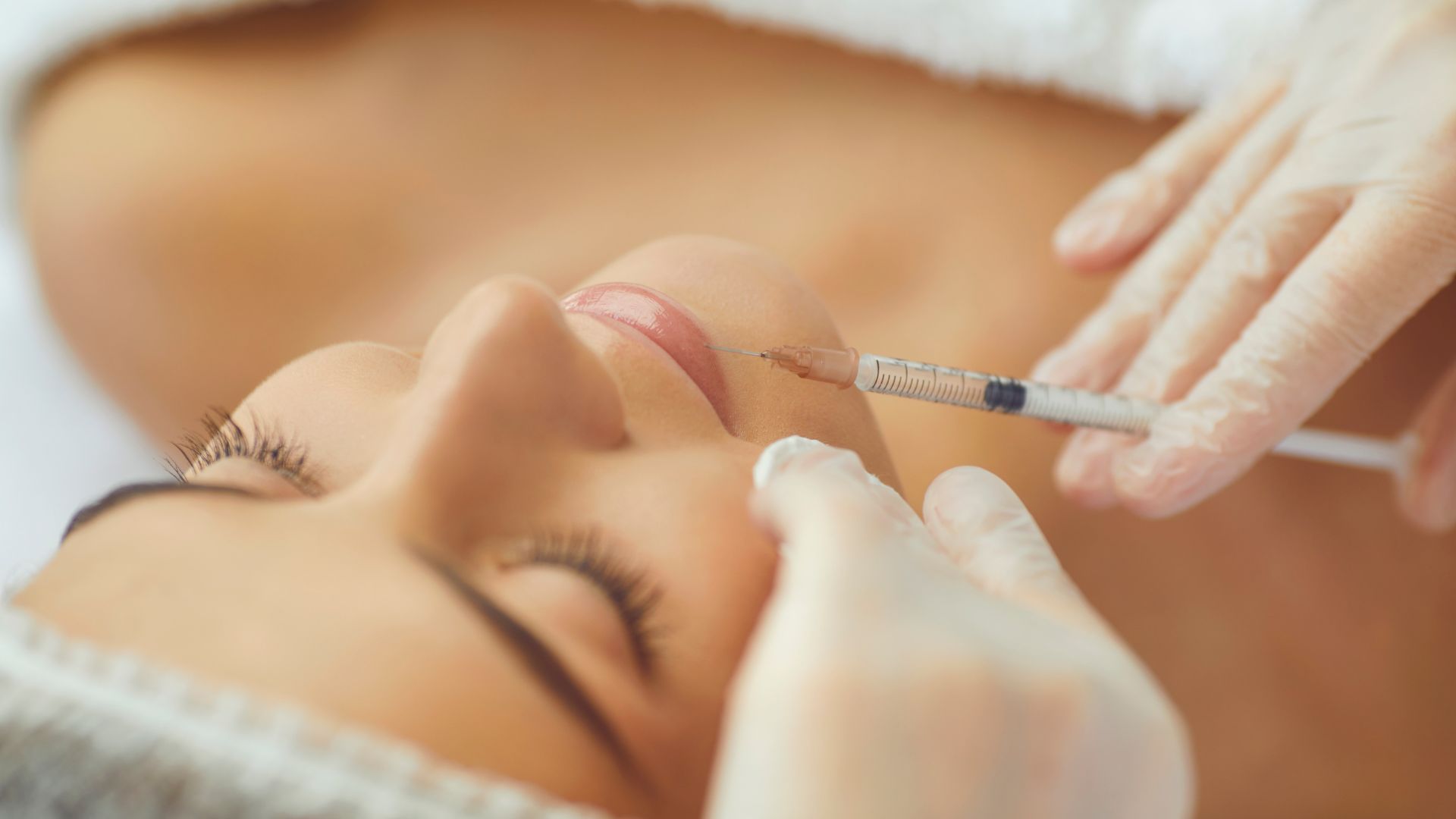
See the Transformation: Before and After Marionette Lines Filler
When it comes to marionette lines filler, the results speak for themselves. Patients who once struggled with deep lines and wrinkles around the mouth and chin can achieve a smoother, more youthful appearance with expertly placed dermal fillers.
These before and after photos highlight the power of facial fillers in restoring volume, lifting sagging skin, and diminishing the appearance of marionette lines. Whether treating mild fine lines or moderate to severe marionette lines, the right technique and amount of filler can create a natural-looking transformation.
Take a look at the dramatic yet subtle improvements that fillers can offer. Notice how the filler is used to enhance facial contours while preserving a balanced, youthful look.
Woman Face Wrinkles Treatment — Stock Photo © TanyaLovus #481352556 Woman Double Chin Procedures — Stock Photo © TanyaLovus #540663040Get Certified in Marionette Line Fillers – Take Your Practice to the Next Level!
Becoming proficient in marionette lines filler requires both technical skill and an artistic approach. At Aesthetics Medical Training (AMT), we offer cutting-edge facial aesthetics training to help licensed professionals excel in facial fillers and dermal filler treatments for moderate to severe marionette lines.
Additional Reading: Discover How to Become a Dermal Filler Injector.
Why Choose AMT?
✔ Hands-On Learning – Gain real-world experience with live patient training
✔ Comprehensive Education – Master both the science and artistry of filler injection
✔ Expert-Led Instruction – Learn from seasoned professionals in aesthetic medicine
✔ Advanced Techniques – Perfect filler placement for optimal, natural-looking results
✔ Flexible Training – Access virtual classes and live workshops tailored to your schedule
Take Your Aesthetic Career to the Next Level!
Join AMT and become a skilled injector in marionette lines fillers. Enroll today and start perfecting the best treatment options for your patients!

Thinking About Advancing Your Aesthetics Skills?
Contact our team today to learn how our training programs and cutting-edge technology can support your journey. Fill out the form or give us a call to get started.


